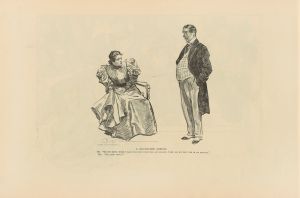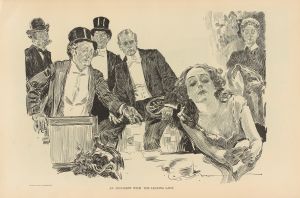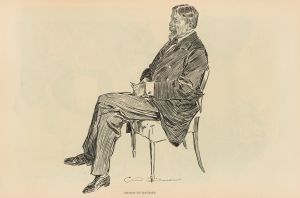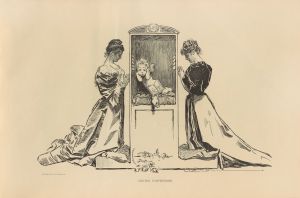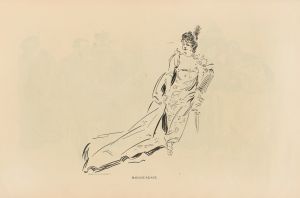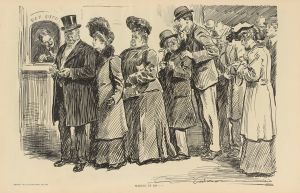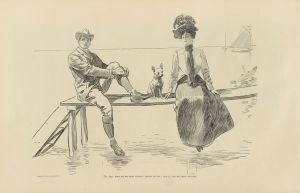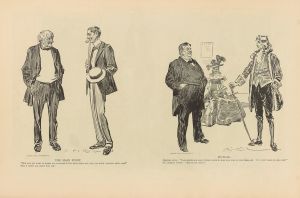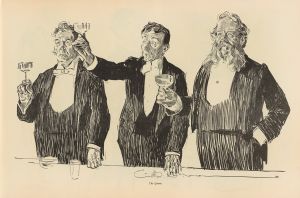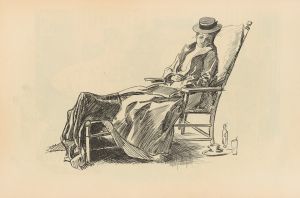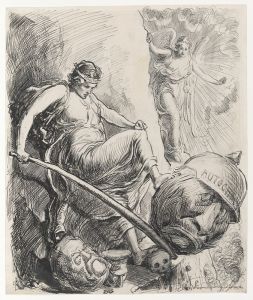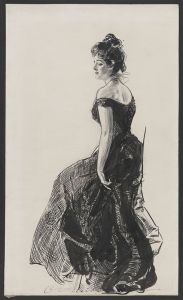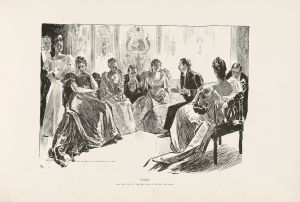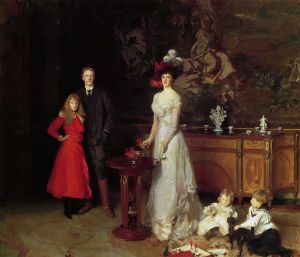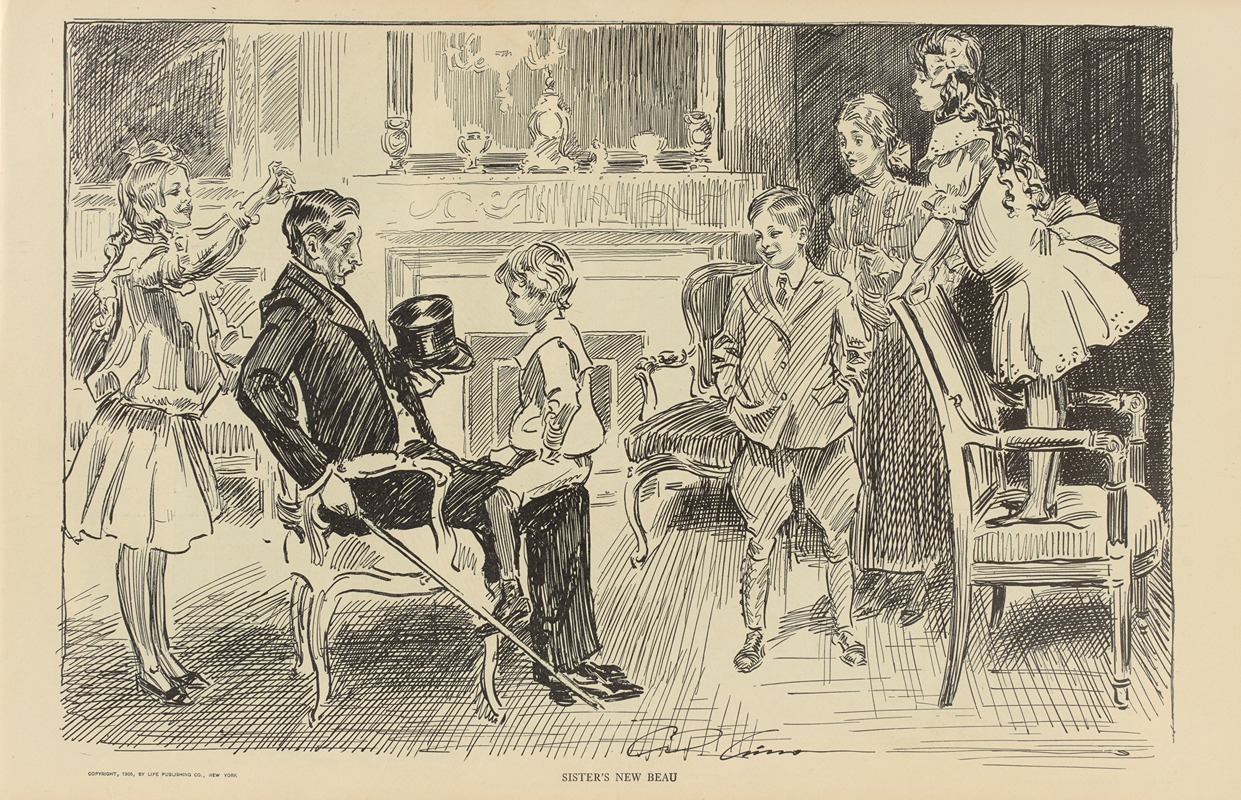
Sister’s new beau
A hand-painted replica of Charles Dana Gibson’s masterpiece Sister’s new beau, meticulously crafted by professional artists to capture the true essence of the original. Each piece is created with museum-quality canvas and rare mineral pigments, carefully painted by experienced artists with delicate brushstrokes and rich, layered colors to perfectly recreate the texture of the original artwork. Unlike machine-printed reproductions, this hand-painted version brings the painting to life, infused with the artist’s emotions and skill in every stroke. Whether for personal collection or home decoration, it instantly elevates the artistic atmosphere of any space.
"Sister's New Beau" is a renowned illustration by Charles Dana Gibson, an influential American graphic artist best known for his creation of the "Gibson Girl," a representation of the idealized American woman at the turn of the 20th century. This particular work is part of Gibson's extensive portfolio that captures the social dynamics and cultural norms of his time through satirical and insightful illustrations.
Charles Dana Gibson was born on September 14, 1867, in Roxbury, Massachusetts. He studied at the Art Students League in New York City and began his career as an illustrator in the late 1880s. Gibson's work gained significant popularity in the 1890s, and he became a leading figure in the world of illustration. His illustrations were widely published in magazines such as Life, Harper's Weekly, and Scribner's, reaching a broad audience and influencing public perceptions of social and cultural issues.
"Sister's New Beau" is a quintessential example of Gibson's style and thematic focus. The illustration typically depicts a social scene involving a young woman, presumably the "sister," and her new suitor or "beau." Gibson's work often highlighted the interactions between men and women, using humor and exaggeration to comment on the courtship rituals and gender roles of the era. The characters in his illustrations are often portrayed with expressive faces and postures, capturing the subtleties of social interaction and the complexities of human relationships.
Gibson's illustrations, including "Sister's New Beau," are characterized by their detailed line work and elegant composition. He had a keen eye for fashion and often depicted his characters in the latest styles, which added to the appeal and relevance of his work. The "Gibson Girl" became an iconic image, symbolizing independence, confidence, and beauty, and was a recurring figure in many of his illustrations.
The popularity of Gibson's work, including "Sister's New Beau," can be attributed to his ability to capture the spirit of his time with wit and charm. His illustrations provided a window into the social customs and expectations of the late 19th and early 20th centuries, offering both entertainment and commentary. Gibson's influence extended beyond illustration; his work played a role in shaping the visual culture of his era and left a lasting impact on American art and society.
Charles Dana Gibson continued to produce illustrations throughout his career, and his work remains highly regarded for its artistic quality and cultural significance. "Sister's New Beau," like many of his illustrations, is a testament to his skill as an artist and his insight into the social fabric of his time. Gibson passed away on December 23, 1944, but his legacy endures through his contributions to the field of illustration and his portrayal of the American experience.





